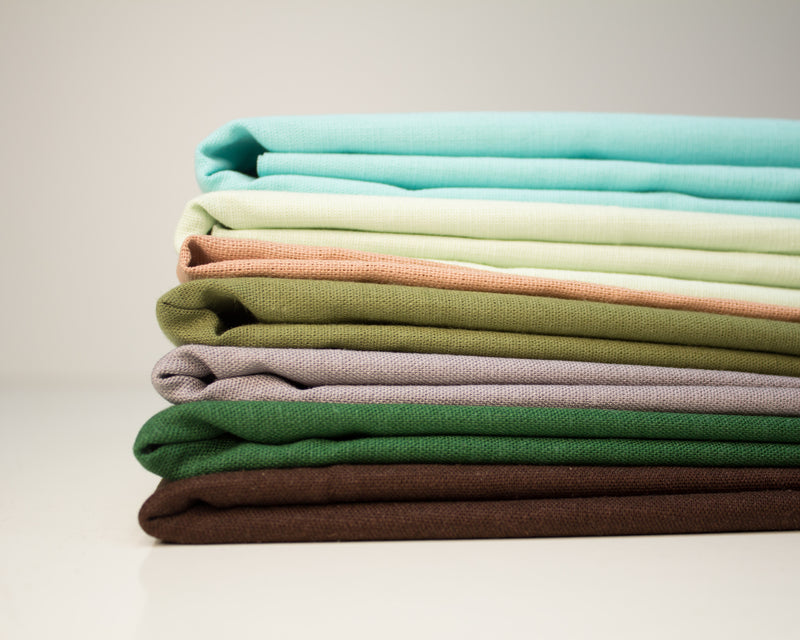Introduction: Understanding the Concept of Sustainable Fabrics
Welcome to our latest blog post - "How Sustainable Fabrics are Better for Your Skin". Before diving into the main topic, let's first understand what sustainable fabrics are. Simply put, sustainable fabrics are those that are eco-friendly, causing minimal harm to the environment during their production. They are usually created from renewable resources, and their production process is designed to save energy, water, and other resources. Sustainable fabrics also involve fair trade practices, ensuring that the people who make them are treated well. Now that we know what sustainable fabrics are, let's explore how they can be beneficial for your skin.
How Synthetic Fabrics Might Harm Your Skin
Synthetic fabrics, like polyester and nylon, might be damaging your skin without you even knowing it. These man-made materials are often treated with harmful chemicals to enhance certain properties such as color durability and resistance to shrinkage. Prolonged contact with these chemicals can lead to skin irritation, rashes, or even more serious conditions like dermatitis. Additionally, synthetic fabrics don't breathe as well as natural ones, trapping sweat and bacteria against your skin and potentially causing breakouts and infections. Therefore, choosing sustainable fabrics like cotton, linen, or hemp, which are free from harmful chemicals and allow your skin to breathe, can significantly improve the health of your skin.
Exploring the Benefits of Sustainable Fabrics for Your Skin
Sustainable fabrics are not only good for the environment, but they're also great for your skin. These eco-friendly materials, such as organic cotton, bamboo, and hemp, are free from harmful chemicals and pesticides that are often used in traditional fabric production. This means that they're less likely to cause irritation or allergies, making them a great choice for those with sensitive skin. Additionally, sustainable fabrics often have natural breathability and moisture-wicking properties, keeping your skin comfortable and dry. So, by choosing clothing made from sustainable fabrics, you're not just helping the planet, but also taking care of your skin's health.

Case Study: The Positive Effects of Switching to Sustainable Fabrics
In our case study, we discovered numerous positive effects of switching to sustainable fabrics. Firstly, these fabrics are gentler on your skin. They are free from harmful chemicals often used in traditional clothing production, which can cause skin irritations or allergies. Secondly, they have better breathability, which helps in maintaining a comfortable body temperature and prevents skin problems like sweat rashes. Lastly, sustainable fabrics also have superior moisture-wicking properties, keeping your skin dry and reducing the risk of fungal infections. So, not only are you making a more environmentally friendly choice, but you're also investing in the health and comfort of your skin.
Sustainable Fabrics: Promoting Better Skin Health and Environmental Conservation
Sustainable fabrics are not just good for the environment, they're also great for your skin! Made from natural fibers, these fabrics are breathable, hypoallergenic, and free from harmful chemicals often used in synthetic production processes. This means they're less likely to cause skin irritation or allergies, promoting healthier skin in the long run. Plus, using sustainable fabrics contributes to environmental conservation. By choosing clothes made from organic cotton, bamboo, hemp, or recycled materials, you're reducing pollution and waste, conserving water, and supporting fair trade practices. So, not only does your skin feel better, but you're also helping to keep our planet healthier!














